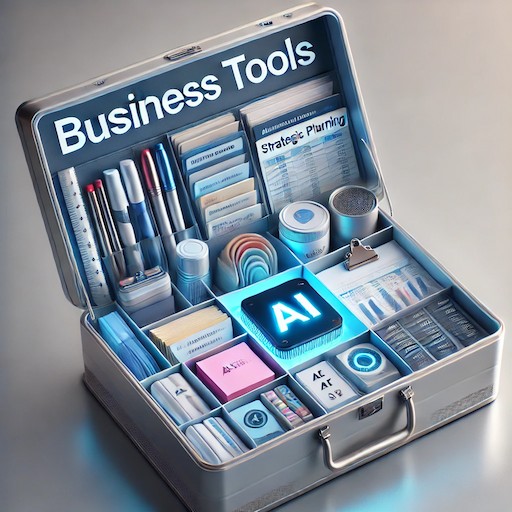 🧠 AI made a mistake.
🧠 AI made a mistake.
But so would you.
That’s what I discovered recently while talking with someone who’d developed an AI tool to screen candidates’ CVs. It was faster, cheaper, and more consistent than any human recruiter. Even better, it provided a clear audit trail explaining why each CV was shortlisted or rejected.
And yet, they were still uneasy.
No matter how much they refined the system, the AI continued to make occasional errors.
When the AI “got it wrong”
We dug into it. The errors always happened when either:
-
the selection criteria were ambiguous,
-
or the CVs themselves were unclear.
Which, of course, makes perfect sense—because both the CVs and the criteria had been written by humans. And humans are fallible. If a human recruiter had reviewed the same CVs under those same conditions, they may have made as many errors—if not more.
So we’re asking the wrong question.
The real question isn’t: Is AI perfect?
It’s: Is it better than a human for this task?
And that’s where strategy comes in.
Defining “better” starts with strategy
Before you compare human performance to AI, you need to define what “better” actually means:
-
Do you want more consistency or more nuance?
-
Is speed or accuracy more important?
-
How will you measure risk, cost, and outcomes?
Only a clear business strategy can help you weigh those trade-offs.
As I wrote in The Link Between Strategy and AI, AI is not a magic bullet. It’s a tool—nothing more, nothing less. Just like spreadsheets, whiteboards, or your own gut instinct.
But tools are only effective when they’re used with purpose.
Start with your objective—not the tech
Too many businesses fall into the trap of adopting AI just because it’s trending. But unless you begin with a strong strategic foundation, you risk:
-
chasing false metrics,
-
amplifying biases,
-
and investing in tools that solve the wrong problems.
Instead, start by asking:
What are we trying to achieve, and how will we know when we’re getting closer?
Only then can you judge whether AI—or any other tool—is the right fit.
Final thought: It's not AI vs Human. It's AI and Strategy.
The smartest companies aren’t asking if AI is perfect. They’re asking how to align AI with their strategic objectives, their values, and their risk tolerance.
That’s where real advantage lies.
We've spent years helping organisations build robust strategies and have also built and shipped effective AI products. If you're exploring how AI fits into your business strategy, let's talk.
👉 Schedule a demo of StratNavApp.com: https://calendly.com/chriscfox/stratnavapp-com-demo
👉 Try it yourself for free: https://www.stratnavapp.com
👉 Want to chat about your strategy? Book a call: https://calendly.com/chriscfox/discuss-your-needs
Frequently Asked Questions (FAQs)
Is AI better than a human?
It depends on your business objectives and context. AI can outperform humans in speed, consistency, and scalability. But whether it’s 'better' depends on how you define success—something only a clear business strategy can determine.
Why does AI still make mistakes?
AI mistakes often happen when the input data—like selection criteria or documents—are ambiguous or poorly structured. These are human-created issues, and a human would likely make similar mistakes under the same circumstances.
What’s the right way to use AI in business?
Start with a clear strategy. Define your objectives, trade-offs, and success metrics. Only then decide if AI is the right tool to support those goals. Avoid adopting AI just because it's popular.
Can AI help with business strategy development?
Yes, when integrated thoughtfully, AI can support data-driven decision-making, scenario planning, and performance tracking. Tools like StratNavApp.com help align AI capabilities with strategic planning needs.
How do I know if AI is the right fit for my business?
You need to assess your business goals, existing processes, and decision-making challenges. A strategy-led approach will clarify whether AI offers a real advantage—or if another solution is more appropriate.
